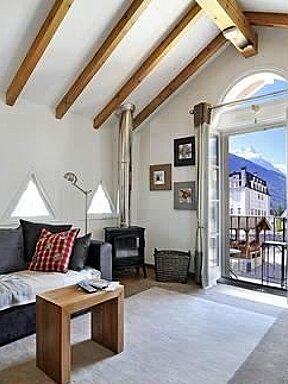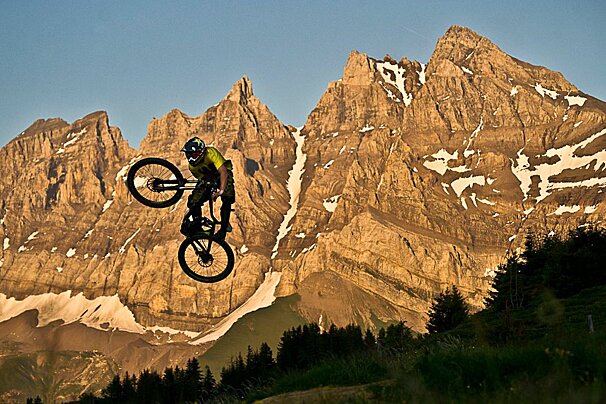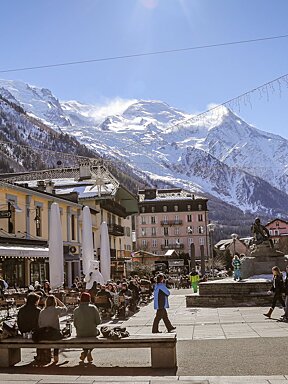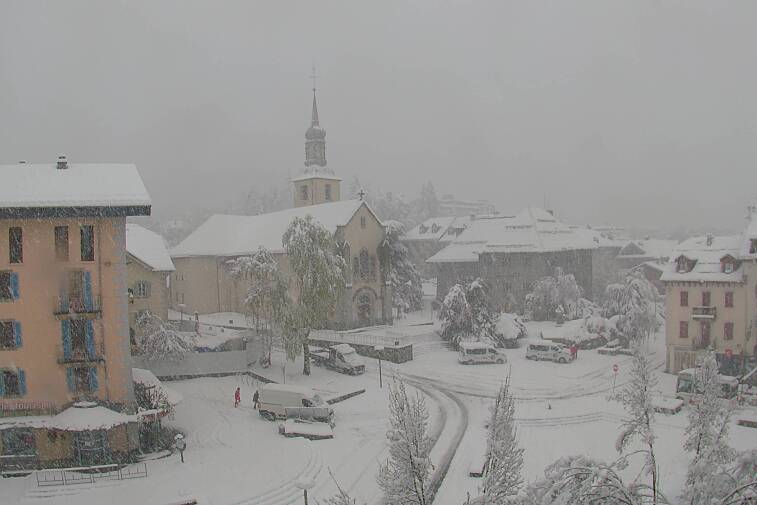Snow Canon Debate
After the unseasonably warm temperatures and lack of early season snow, global warming has been at the forefront of winter sports enthusiasts' minds. To counter this very real climate change, (a 4degree temperature rise is anticipated by the end of the century) ski resorts are turning to artificial snow manufacture.
Snow canons are becoming increasingly commonplace in France, today 15% of French ski areas is covered by the machines and they are no longer confined to low lying areas. Tignes has equipped the bottom of the runs on the Grande Motte glacier with snow making equipment at 3000 meters and Val d'Isère will do the same next year on the Glacier du Pisaillas to preserve summer skiing. Millions of euros are invested in artificial snow manufacture every year, but the investment comes at a high cost to the environment.
It seems illogical to combat global warning, widely agreed to be created by the burning of fossil fuels with yet more energy outlay. In some resorts, such as l'Alpe d'Huez, snow making now consumes more power over an average season than the entire lift system. Furthermore, the machines constitute a visual blot on the landscape and contribute hugely to noise pollution. A single snow canon emits between 60 to 80 decibels, the equivalent of heavy traffic, which disturbs mountain wildlife.
Artificial snow is much denser than natural snow. It takes a meter cubed of water to make two meters cubed of snow. This snow has an effect on the vegetation and melts much later than natural snow. It is estimated that snowmaking in France uses as much water as a town with 170,000 inhabitants. Everyone knows that water freezes at 0C but the rainwater found in reservoirs has to be cooled to around -7 to -9C before it will freeze and make snow. To make snow at warmer temperatures agents such as Snomax™ are added. Snomax is a protein which provides a nucleate for ice crystals enabling freezing at temperatures around -3C. York International says that Snomax is completely safe but extensive studies have not been carried out to determine the overall effects of such additives on the environment. Despite the construction of reservoirs, snow-making uses vast quantities of water with consequences on a region's water courses and aquatic wildlife.
In a further twist snow actually acts as an insulator. It is not uncommon to find running water in the mountains when they are blanketed by a thick layer of snow as the ground will often be around 0 centigrade. However, in dry winters with little snow the temperature of exposed ground can plummet locking any free water up as ice which is impossible to use for snow making or for industrial and domestic supplies. In the winter of 2006 the town of Saint Gervais, under the shadow of Mont-Blanc, residents experienced a water shortage for this very reason.
Although artificial snow is currently seen as the saviour of ski resorts, given that the vast majority of canons require low temperatures to operate, reliance on them in the warmer winters of the future seems misguided. So, the long-term answer to the snow question has yet to be found and the debate between environmentalists and the ski industry looks set to continue well into the future.
Source: Pistehors



























